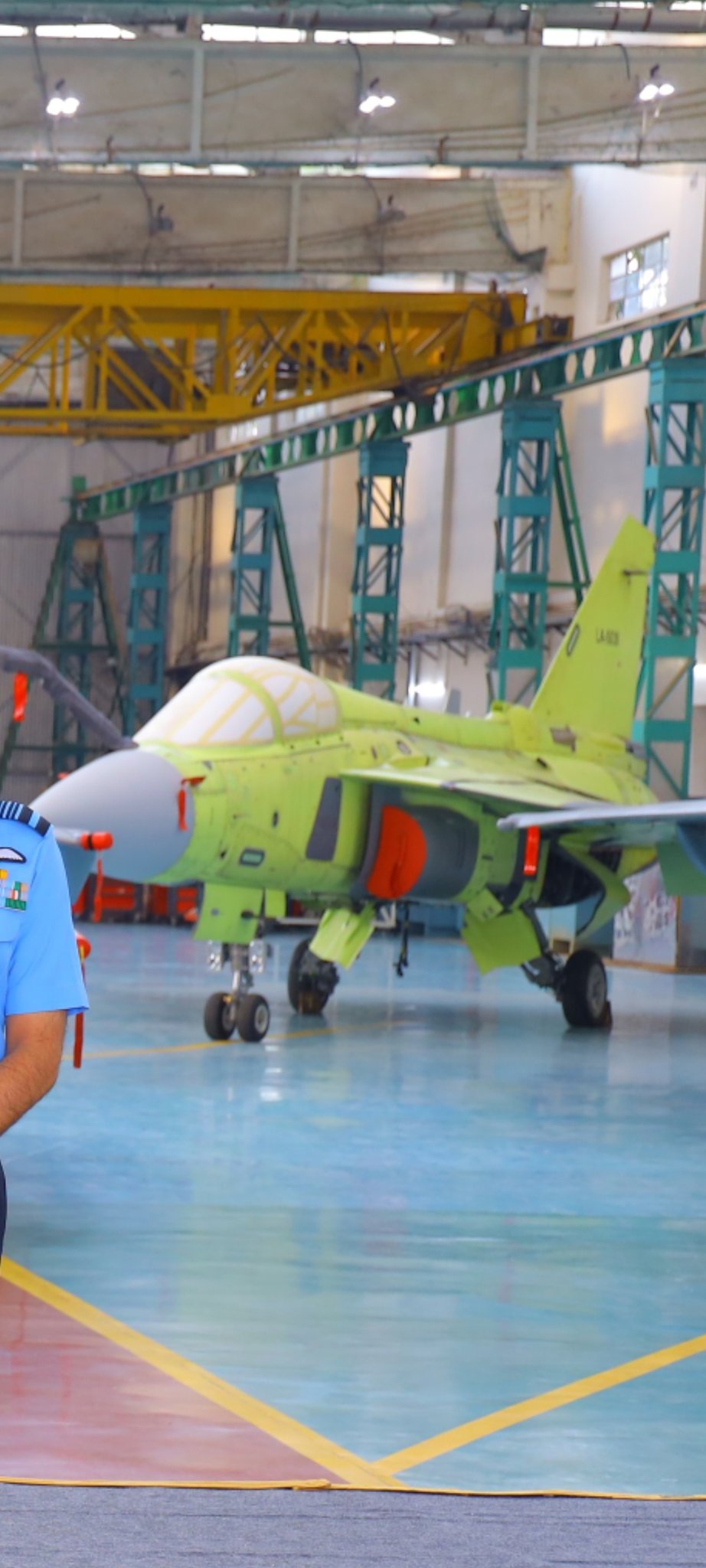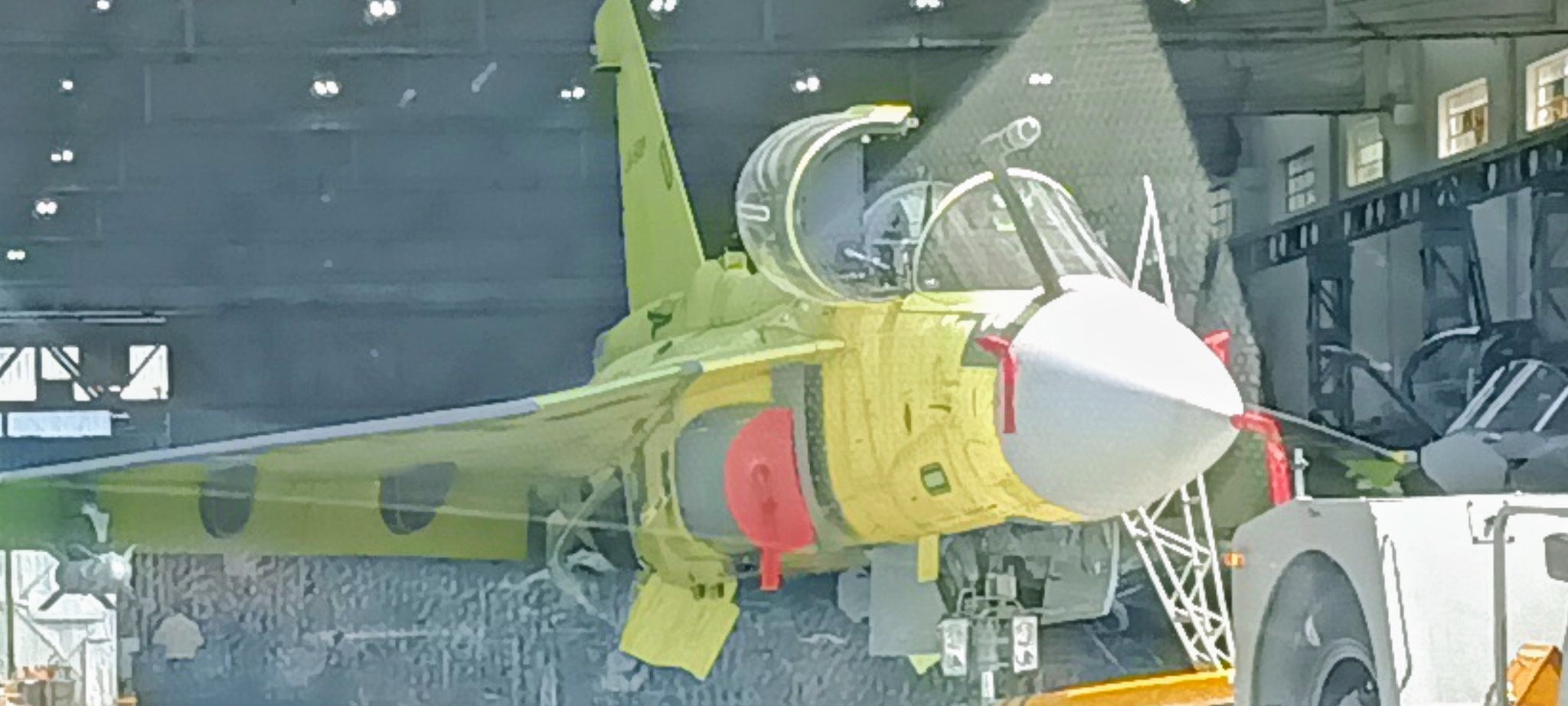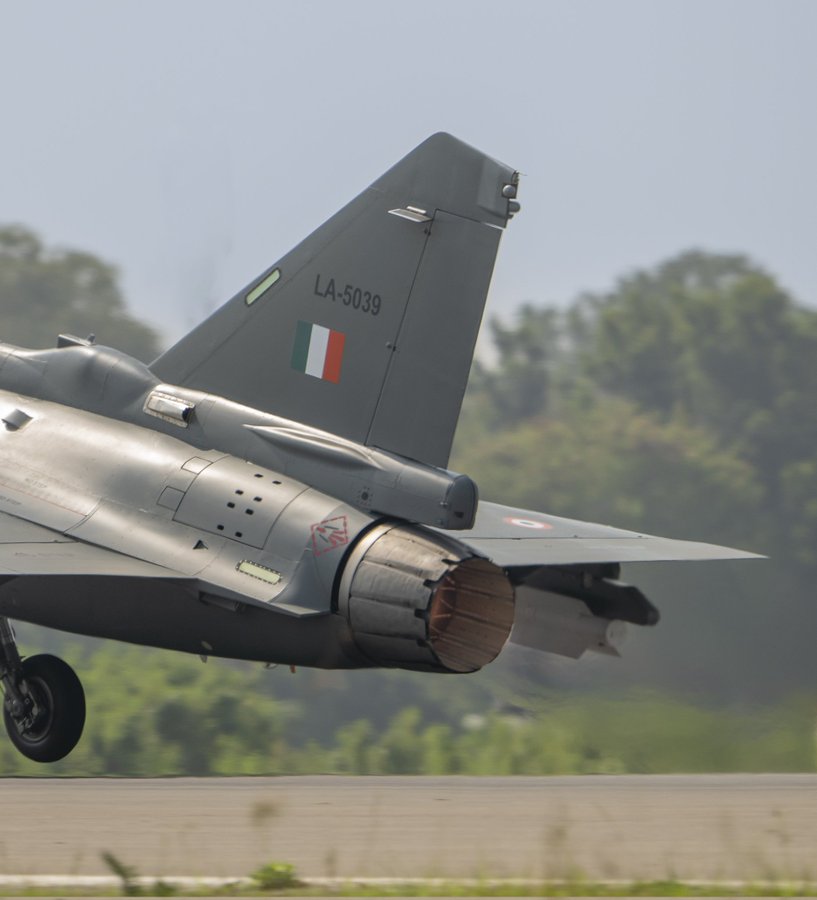Seventh heaven: Tejas Mk1A's milestone marks HAL's turnaround
https://www.india.com/news/seventh-heav ... 31362/amp/
04 April 2025
By Girish Linganna - An award-winning Science Writer and a Defence, Aerospace & Political Analyst based in Bengaluru. He is also Director of ADD Engineering Components, India, Pvt. Ltd, a subsidiary of ADD Engineering GmbH, Germany. You can reach him at [email protected]
The GE F404-IN20 engines, contracted in August 2021 under a USD 716-million deal for 99 units, were originally slated to start arriving in March 2023.
THE SUCCESSFUL FIRST FLIGHT of the seventh Tejas Mk1A fighter jet (LA-5039) by Hindustan Aeronautics Limited (HAL) before March 31, 2025, marks a significant milestone for India's indigenous military aviation programme. However, this achievement has been overshadowed by persistent delays in the delivery of General Electric (GE) F404-IN20 engines, which are critical to powering the Tejas Mk1A fleet. These delays, stemming from supply chain disruptions and logistical challenges, have tested HAL's ability to meet the Indian Air Force's (IAF's) modernization timeline, although the company's recent progress reflects a positive adaptation to these hurdles. The GE F404-IN20 engines, contracted in August 2021 under a $716-million deal for 99 units, were originally slated to start arriving in March 2023. However, supply chain bottlenecks exacerbated by global aerospace industry pressures and issues with a South Korean sub-contractor pushed the timeline back significantly. GE informed the Indian government that deliveries would commence only in March or April 2025, a delay of over two years.
This setback disrupted HAL's production schedule, as the engines are integral to the Tejas Mk1A's advanced capabilities including its AESA radar, electronic warfare systems and compatibility with the Astra Mk1 missile. The first engine was, finally, delivered on March 25, 2025, with GE promising 12 engines in 2025 and 20 annually thereafter, allowing HAL to target delivery of the first Mk1A jets to the IAF by mid-2025. HAL's response to these delays has been a testament to its resilience. Facing engine shortage, the company resorted to using Category B reserve engines unused, or previously utilized, units from earlier GE deals for initial flight tests, including LA-5033's maiden flight in March 2024 and subsequent aircraft, such as LA-5039. This contingency plan kept production moving forward, with HAL completing seven aircraft in roughly a year, a clear sign of improved efficiency. The company also expanded its capacity, adding a new production line in Nashik alongside its Bengaluru facility, boosting its annual output potential to 24 jets. This adaptability has been crucial to maintaining momentum despite the GE delays, aligning with India's 'Atmanirbhar Bharat' initiative towards self-reliance. The IAF, however, has acutely felt the strain of this delay. With only 31 active squadrons against a sanctioned strength of 42, the force is phasing out its ageing MiG-21s and relies heavily on the Tejas Mk1A to bolster its capabilities.
Air Chief Marshal AP Singh's critique at 'Aero-India, 2025': "At the moment, I'm just not confident of HAL" highlighted frustration over the slow pace, compounded by engine issues. Yet, HAL's delivery of the LA-5039, and the arrival of the first GE engine, signal a turning point. The IAF's 48,000-crore order for 83 jets, besides the approval for 97 more, underscores the programme's importance and HAL's ramped-up production is poised to address the squadron gap.
But the broader picture is that the GE delay reflects global supply chain vulnerabilities that India must navigate in its quest for defence autonomy. While HAL has mitigated the impact through ingenuity, its reliance on foreign engines after the indigenous Kaveri engine project faltered exposes a weak link. The government's push for 80% technology transfer in the forthcoming GE F414 deal for the Tejas Mk2 aims to reduce such dependencies. But, for now, HAL's success with the Mk1A hinges on GE's follow-through. The positive note is clear: HAL's production strides ahead, and the eventual engine delivery in March 2025 demonstrate a programme gaining momentum, reinforcing India's aerospace ambitions despite external challenges.


